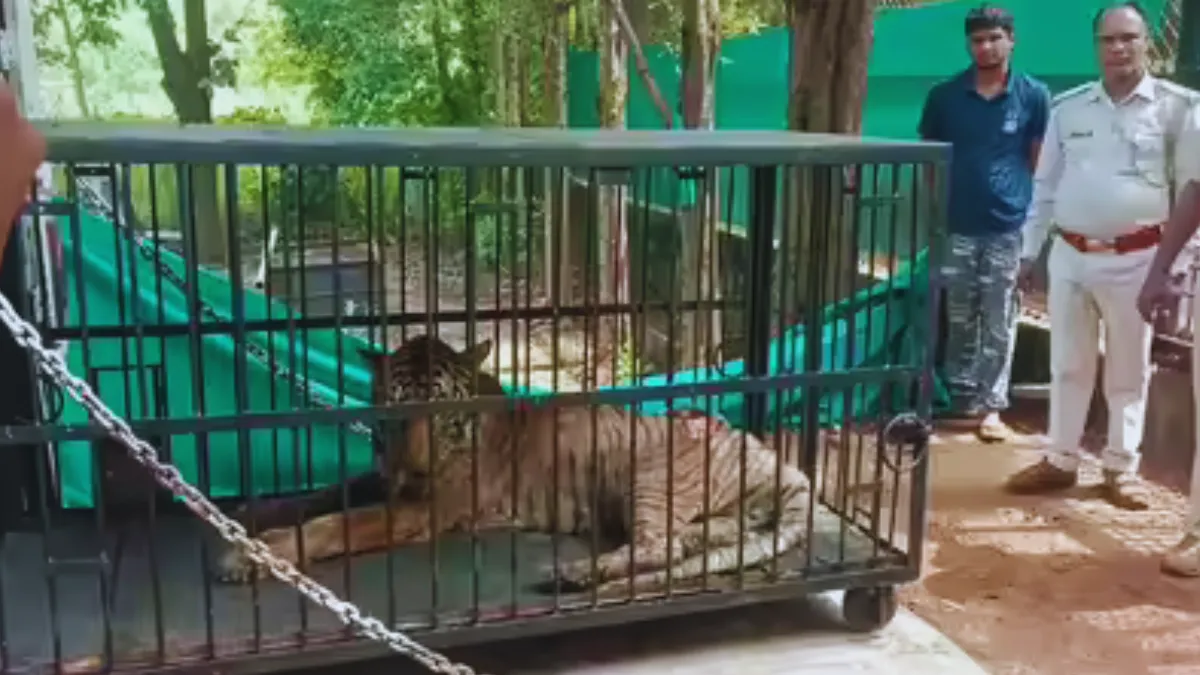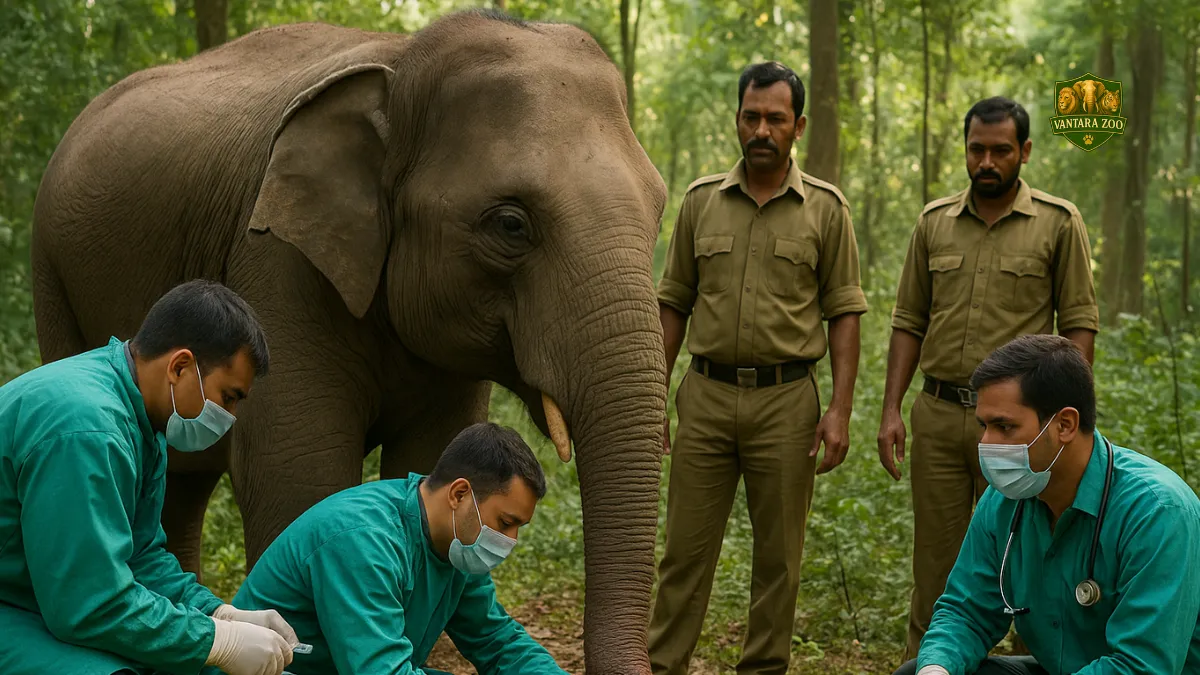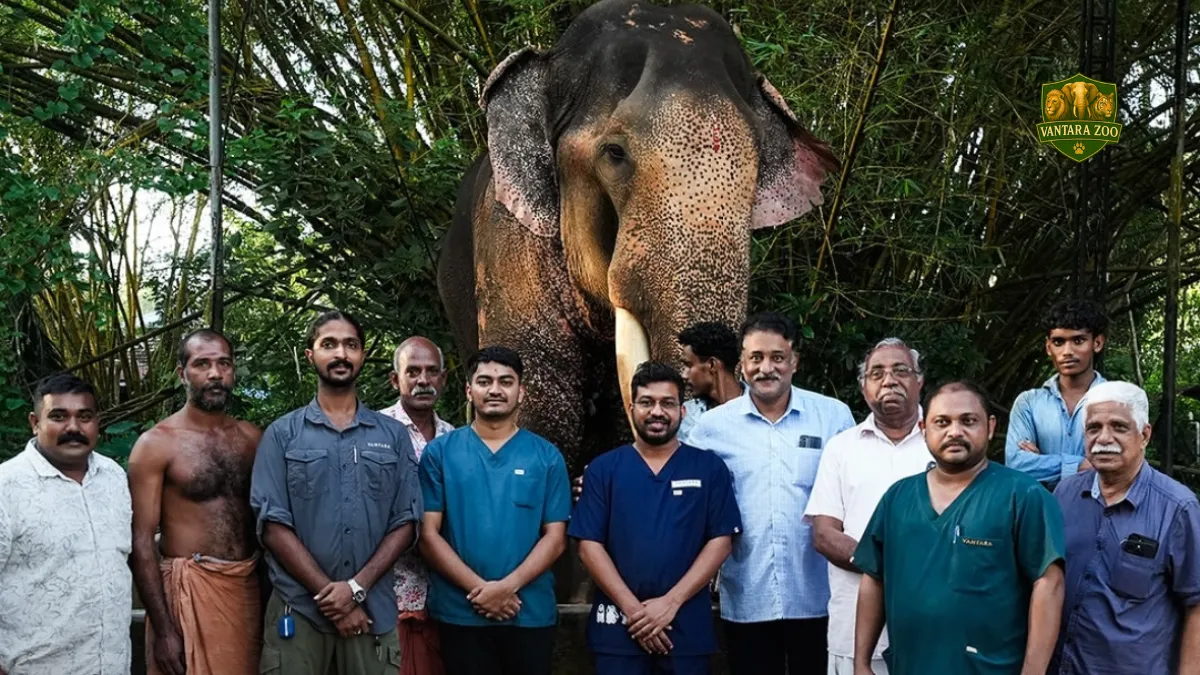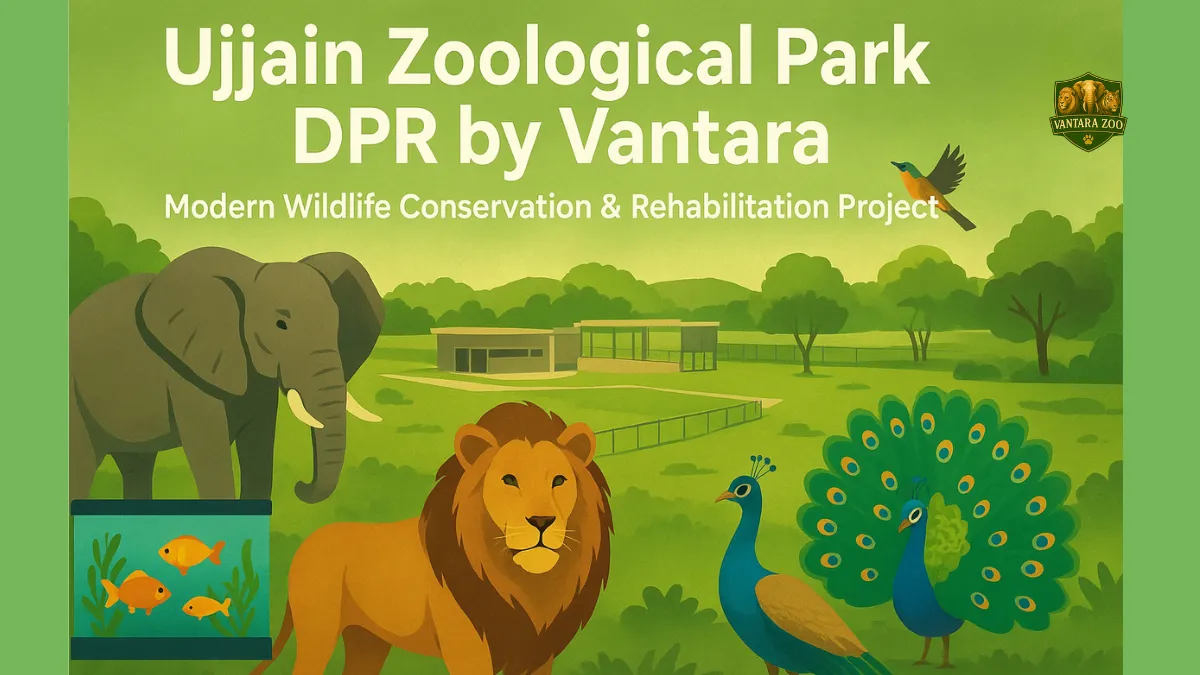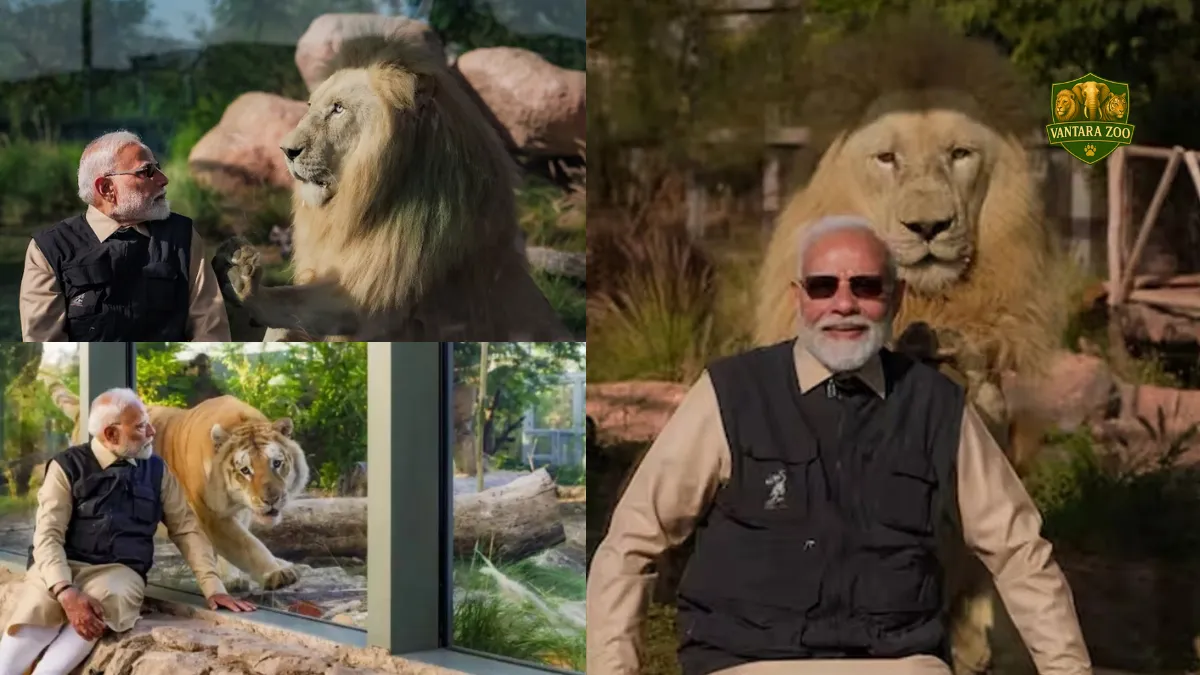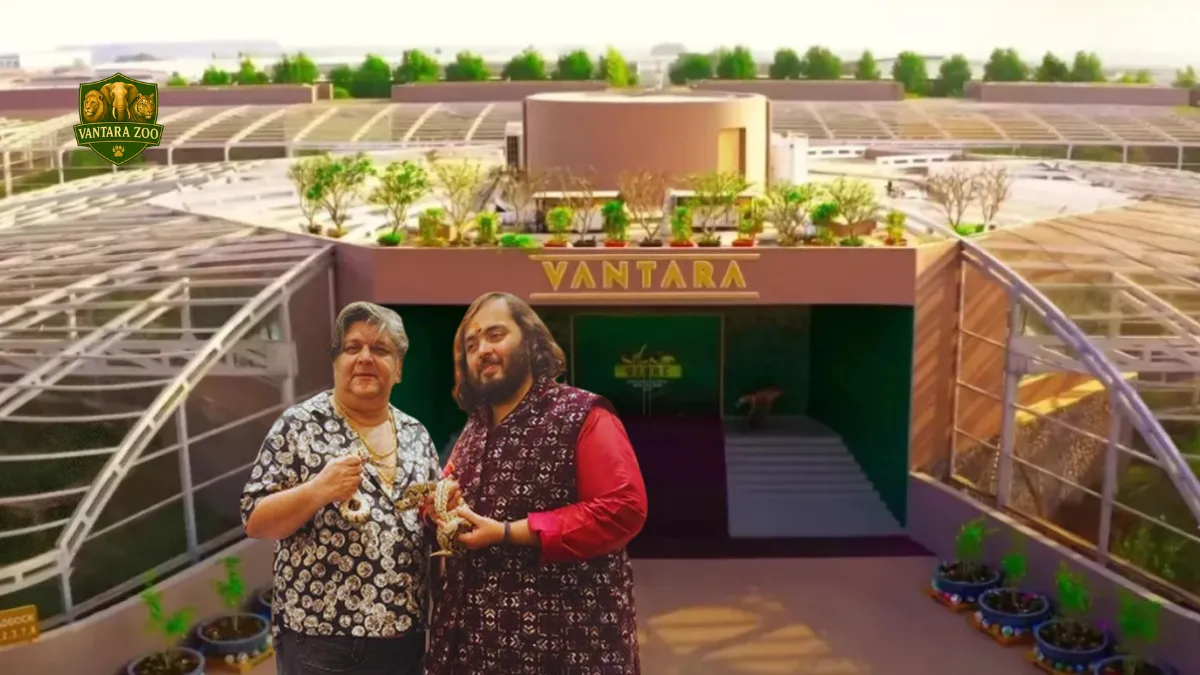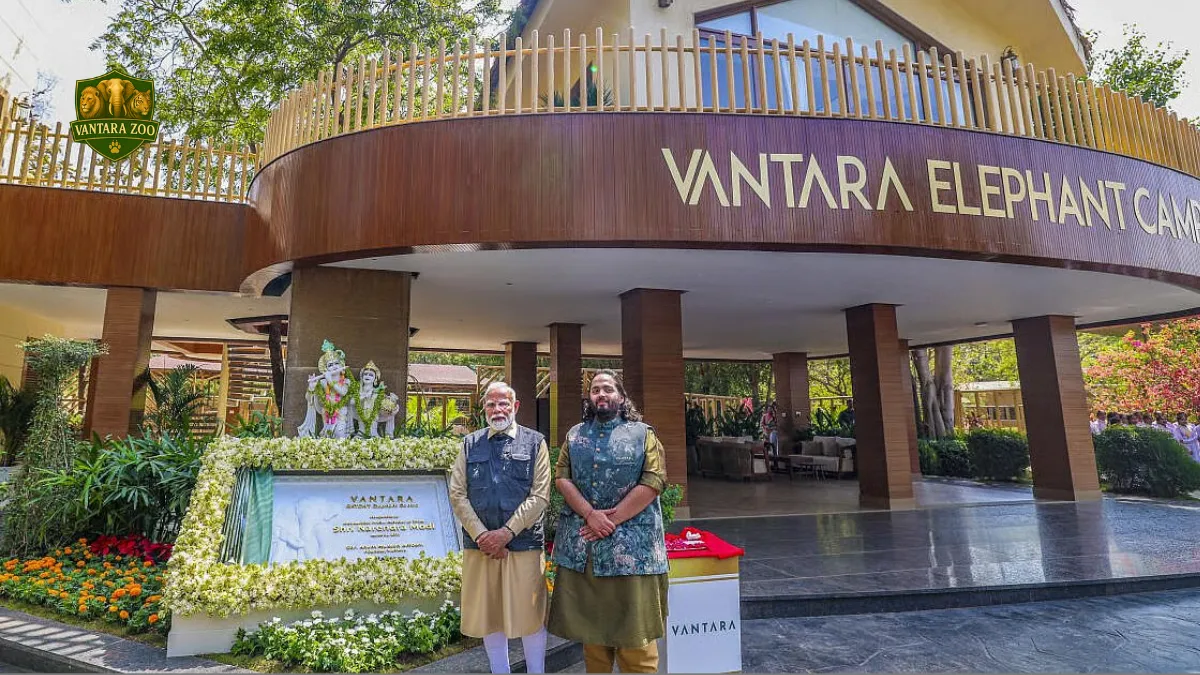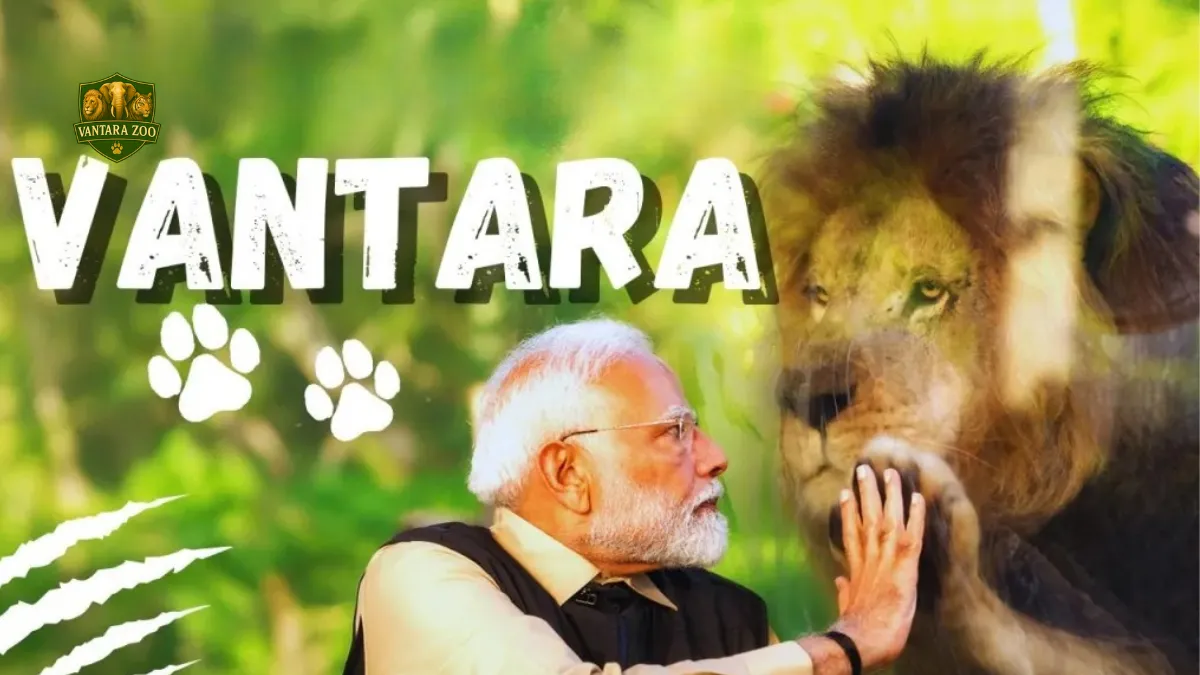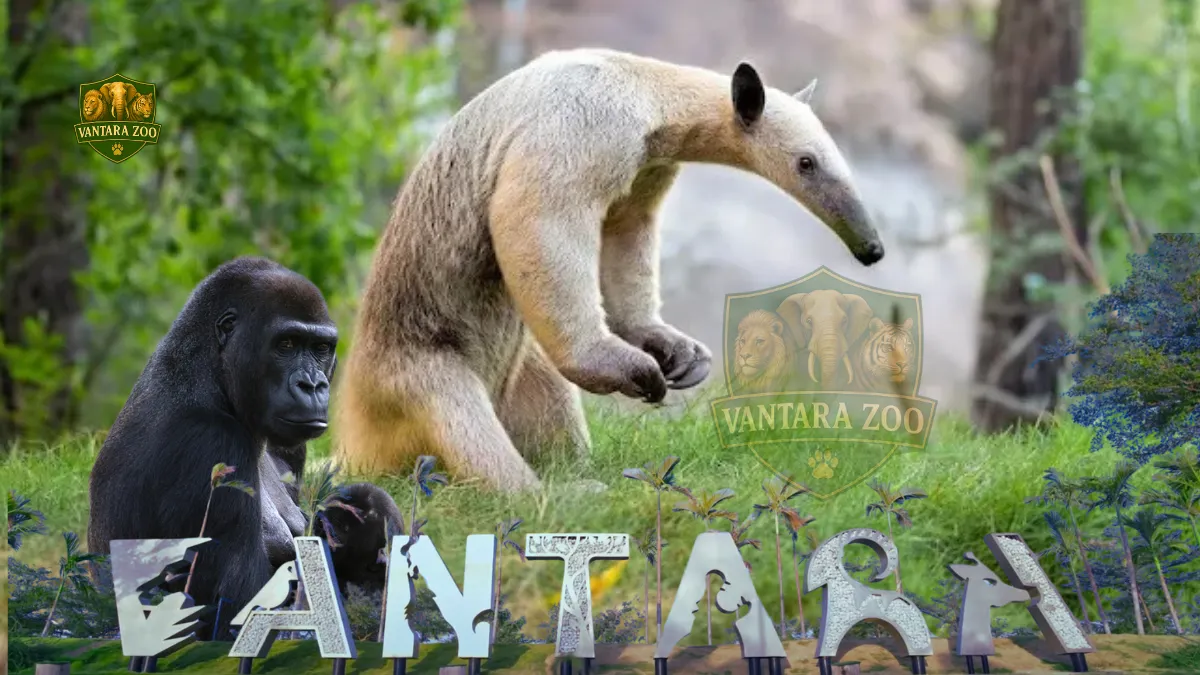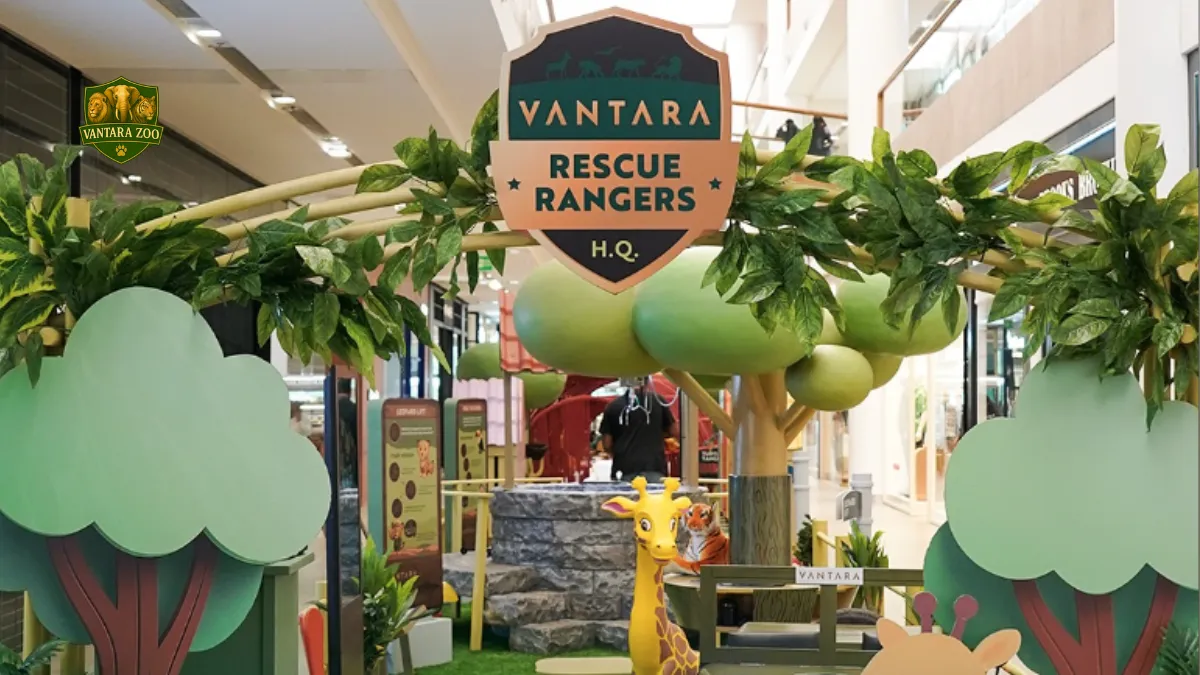In a significant move for wildlife conservation in Gujarat, Vantara, a renowned wildlife rescue and rehabilitation initiative founded by Anant Ambani, has partnered with the Gujarat Forest Department to reintroduce 33 spotted deer (chital) into the Barda Wildlife Sanctuary.
This project symbolizes far more than the movement of animals—it represents a powerful collaboration between government agencies and private conservation initiatives, aiming to restore balance in natural ecosystems and revive species that once flourished in this habitat.
Vantara: A Leading Force in Wildlife Rescue and Rehabilitation

Vantara, through the Greens Zoological, Rescue and Rehabilitation Center (GZRRC) in Jamnagar, has become a leader in the field of animal conservation. The facility, one of the largest in Asia, combines cutting-edge veterinary care, scientific research, and large-scale rescue operations.
Over the years, Vantara has built a reputation for:
- Ex-situ conservation programs that ensure the survival of threatened species.
- Advanced veterinary medicine to provide critical care to injured and rescued animals.
- Training and expertise in wildlife management and ecological research.
This latest partnership with the Gujarat Forest Department underscores Vantara’s mission of complementing in-situ conservation efforts by providing technical, medical, and scientific support.
How the Translocation Was Carried Out
The reintroduction of the 33 deer was conducted with utmost precision and planning.
- The animals were brought from Vantara’s Jamnagar facility.
- Specialized wildlife ambulances were used for safe transportation.
- Vantara’s veterinary experts conducted thorough health checks before the move.
- The Gujarat Forest Department supervised the release, ensuring that ecological suitability and support systems were in place.
After all conditions were confirmed, the deer were released into their new home under official supervision.
Dr. Brij Kishor Gupta, Director of GZRRC, emphasized the significance of the initiative:
“This marks a vital step in restoring biodiversity at Barda Wildlife Sanctuary. Spotted deer have historically lived in this landscape, and their reintroduction is not only ecologically important but also represents a long-term vision for habitat restoration.”
Ecological Role of Spotted Deer
Spotted deer, or chital (Axis axis), are not just iconic animals of India’s forests—they play an essential role in maintaining ecological balance.
- Herbivory and Grazing: By feeding on grasses, they prevent overgrowth and maintain open habitats.
- Seed Dispersal: Through their diet, they help regenerate forests naturally.
- Prey Base for Predators: They are a crucial food source for leopards, wolves, and hyenas.
The absence of these ungulates weakens the entire ecosystem. Their reintroduction to Barda Sanctuary is, therefore, a key step in reviving predator-prey dynamics and strengthening the sanctuary’s ecological fabric.
Barda Wildlife Sanctuary: A Jewel of Gujarat
Located in the Porbandar district of Gujarat, Barda Wildlife Sanctuary spans 192.31 square kilometers. It is recognized for its rich biodiversity and varied landscapes that support numerous species.
| Feature | Information |
|---|---|
| Location | Porbandar District, Gujarat |
| Size | 192.31 sq. km |
| Notable Mammals | Leopards, hyenas, wolves, jackals, wild boars, nilgai (blue bull) |
| Important Birds | Spotted eagle, crested hawk-eagle |
| Historical Species | Chital, sambar, and chinkara (now reduced) |
In the past, the sanctuary had thriving populations of chital, sambar, and chinkara, but due to habitat loss, fragmentation, and poaching, their numbers declined.
The Forest Department recognized that the sanctuary still has the carrying capacity and intact habitat needed for these species, which is why the reintroduction program was launched.
Public-Private Partnership for Conservation
Wildlife conservation today requires more than just government involvement. It needs collaborations with scientific organizations, NGOs, and private institutions.
This project highlights how Vantara and the Gujarat Forest Department combined their strengths:
- Vantara provided: Veterinary expertise, technical support, advanced transport, and scientific protocols.
- The Forest Department ensured: Ecological assessments, legal approvals, in-situ habitat management, and post-release monitoring.
Such partnerships demonstrate that when knowledge, infrastructure, and commitment come together, the outcomes can significantly impact biodiversity recovery.
Expert Opinions and Significance
The initiative is a model of how ecological restoration can be done with careful planning. Dr. Gupta pointed out that the program is emblematic of a larger vision for ecological revitalization.
Similarly, the Forest Department emphasized that this is not a one-off release but part of a broader wildlife recovery plan. Future projects will include:
- Long-term monitoring of the reintroduced deer.
- Reintroduction of other native ungulates like sambar and chinkara.
- Enhancing predator-prey relationships in the sanctuary.
Challenges in Translocation
Despite its success, experts warn of possible challenges:
- Ensuring the deer adapt to the wild after captivity.
- Managing risks of disease spread.
- Balancing predator populations with the growing deer numbers.
- Preventing potential human-wildlife conflicts near buffer zones.
These concerns highlight why ongoing monitoring and scientific evaluation are essential. With Vantara’s expertise and government oversight, these risks are being actively addressed.
Broader Impact on Conservation in India
This project is part of a larger conservation narrative in India. Similar to tiger translocations in Madhya Pradesh or lion relocation proposals in Gujarat, the spotted deer initiative is a step in rewilding landscapes.
By bringing back native species, India is:
- Strengthening ecological balance.
- Supporting the survival of predators.
- Providing new opportunities for ecotourism.
The partnership between Vantara and the Forest Department aligns with global conservation trends, showing that India is at the forefront of innovative wildlife management.
Benefits for Local Communities
The reintroduction of deer will also bring indirect benefits to people living around Barda Sanctuary:
- Tourism Growth: Wildlife enthusiasts and photographers will be drawn to observe the deer and predators.
- Employment: Increased tourism can create jobs in guiding, hospitality, and transport.
- Cultural Connection: Deer hold spiritual and cultural significance in Indian traditions.
Thus, the initiative contributes not only to wildlife conservation but also to community development.
Future of Conservation at Barda
The reintroduction of 33 spotted deer is seen as just the first phase. Upcoming steps may include:
- Expanding the population through additional releases.
- Scientific monitoring using radio collars and camera traps.
- Educational programs for local communities on conservation.
- Collaboration with universities and researchers for ecological studies.
The goal is to make Barda Wildlife Sanctuary a model site for reintroduction and species recovery in India.
Also read: Vantara Hosts Flagship Veterinary Training on Conservation Medicine in Jamnagar
Conclusion
The release of 33 spotted deer in Barda Sanctuary, led by Vantara and the Gujarat Forest Department, stands as a milestone in Indian conservation. It is not only about saving a species but about reviving ecosystems, building partnerships, and setting examples for future projects.
By combining modern science, advanced veterinary support, and government commitment, this initiative represents hope—not just for spotted deer, but for the future of conservation in India.

